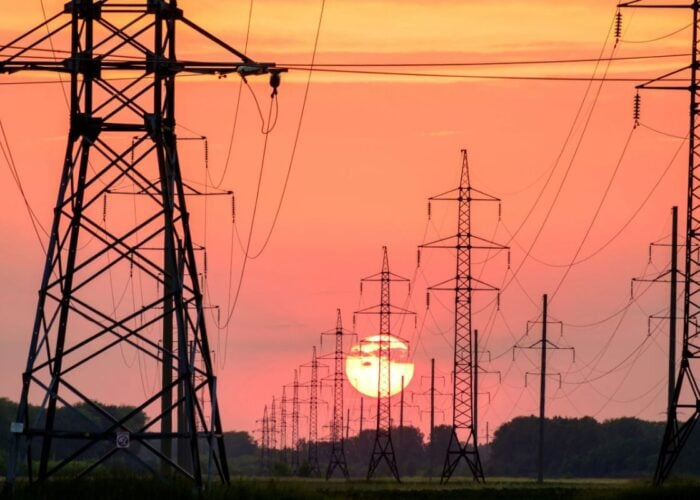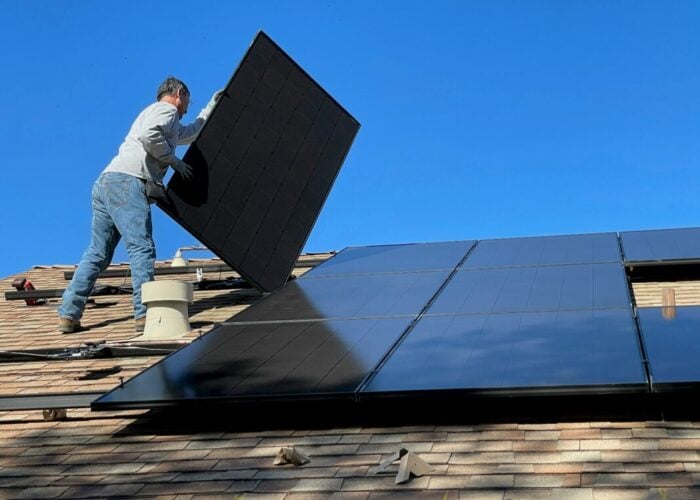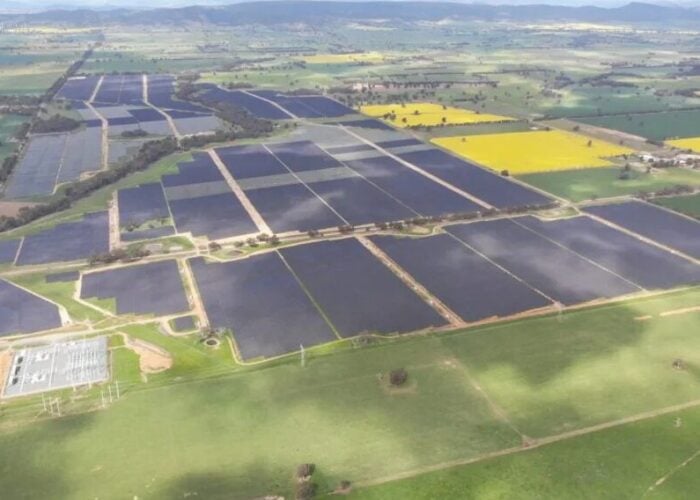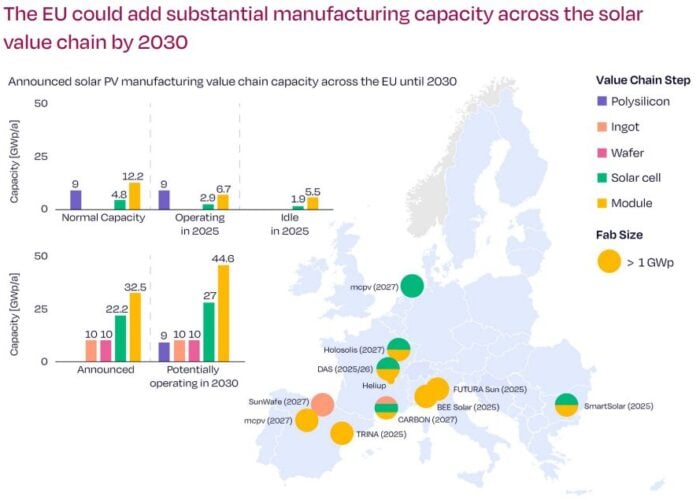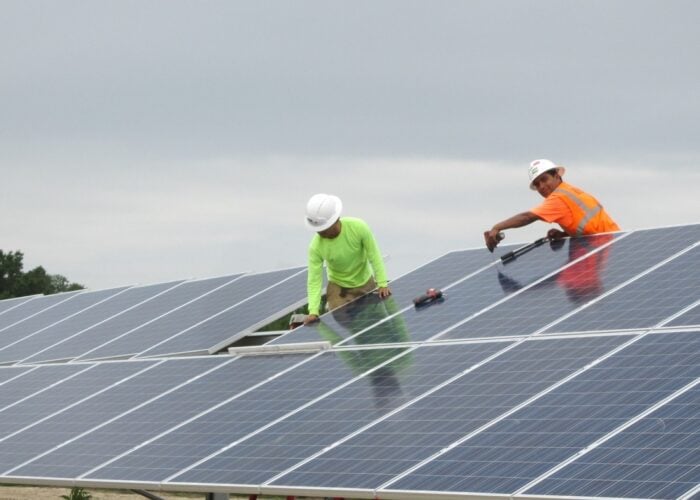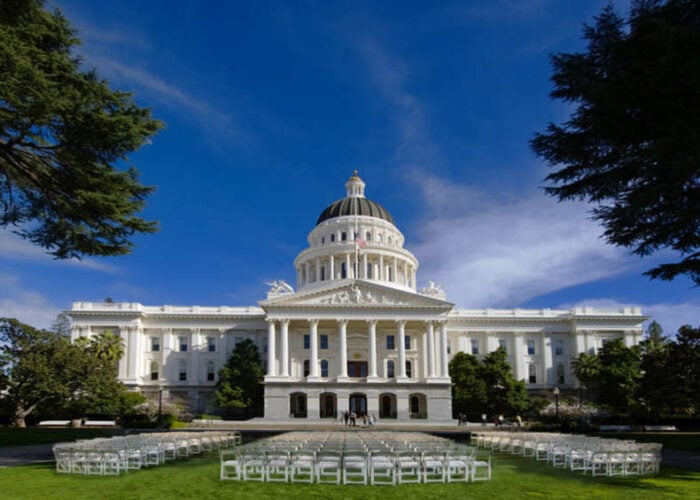Despite solar’s stellar growth in recent years, one accusation sometimes levelled at the global industry is that it has not been particularly effective at speaking with one voice and getting its message out to the wider world. That may not have been an impediment so far, but with solar seen as an increasingly vital part of the future energy mix, now more than ever there is a clear need for the industry to unite under a common purpose.
This coming weekend, on the fringes of the crunch COP21 climate talks in Paris, the solar industry will take a major step forwards in its evolution with the launch of the Global Solar Council.
Try Premium for just $1
- Full premium access for the first month at only $1
- Converts to an annual rate after 30 days unless cancelled
- Cancel anytime during the trial period
Premium Benefits
- Expert industry analysis and interviews
- Digital access to PV Tech Power journal
- Exclusive event discounts
Or get the full Premium subscription right away
Or continue reading this article for free
The formation of the council marks the culmination of a process instigated last year with the aim of inspiring greater collaboration in a sometimes fragmented industry. The body will bring together 25 national and regional solar associations from around the world and boast some heavy-hitters from the industry on its board, including Trina Solar’s CEO Jifan Gao, GCL Poly chairman Zhu Gongshan and Rhone Resch, CEO of the US Solar Energy Industry Association.
“The council is a consequence of a maturing industry,” said Bruce Douglas, chief operating officer at SolarPower Europe and the inaugural chairman of the council, speaking to PV Tech ahead of Sunday's official launch. “It’s maturing in terms of technology, business models and practices, and the companies involved in it. It’s also a consequence of the globalisation of solar – as it's shifted from Europe and the US, and moved strongly into the Asian markets, we see a need for this coordination at a global level and communication of the benefits of solar – what we're delivering now and what we can deliver in the future.”
The model for the council is the comparable body that Douglas helped set up and run for the wind industry – the Global Wind Energy Council. “The main thing the wind council did was coordinate information at a global level,” he said. “What we found is national associations were doing similar work at a similar time. The council enabled us to pool our resources and remove duplication – it was an information exchange.”
Another success of GWEC that Douglas hopes to replicate with the council is its work in accelerating the development of emerging markets. “It was quite successful in Mexico, Chile and Brazil for example,” Douglas said. “There, what we did was take the best of developed markets in terms of regulation, permitting, planning and financing, a package of ideas that had worked elsewhere, and introduced them government and industry, and said if they roll it out like that then it can accelerate and facilitate the faster development of wind.
“And that's exactly what we'd like to do in solar – we'd like to go to those markets where we see potential and bring guidelines and best practices to bear on what could be good opportunities.”
Aside from cooperation, the two other main priorities of the council will be education and training, said John Smirnow, the new body’s secretary-general and former vice-president of SEIA. On education, he said the organisation would direct its efforts towards seeking to influence decision makers rather than the general public.
“We're a lobbying organisation, so it won't be the wider public,” said Smirnow. “It’s clear we need a single, formal voice at international level to interact with the various institutions – the UN, IEA [International Energy Agency], World Bank and so on. We'll be focusing on decision makers, to educate in the broadest possible sense about the opportunities that solar represents in terms of the lower cost of electricity, the scalability of it and also the CO2 implications that brings.”
On training, beyond the best practice exchange highlighted by Douglas, Smirnow said the council would work to build capacity within its member bodies, providing training around its three priority themes of reducing costs, scaling technology and ensuring quality. Although it currently only has 25 members, it has another 120 bodies worldwide on its list of prospective members, and the council’s aim will be to provide any that join up with a variety of training materials in the form of workshops, reports, guidelines and events.
Fostering unity
An obvious hurdle for the council will be to unite a global industry that has of late been characterised more by its differences than its sense of common purpose. One need think only of the increasingly fractious trade disputes that have blown up in the past few years in the US and Europe, to name but two, to realise that this will be no mean feat.
On this question, the response is optimistic but guarded, suggesting this is one area that will require further work as the new council beds in. “The board hasn’t set the agenda yet but I expect that we’ll initially focus on areas where it’s relatively easy to find consensus, for example, expanding markets, and avoid more sensitive topics such as the ongoing trade conflict,” said Smirnow. “I could see us getting involved in more neutral trade issues, such as expressing support for the WTO Environmental Goods Agreement.”
But the recent launch of other international solar bodies suggests the industry is genuinely moving into a more collaborative era. Aside from the council, India’s prime minister Narendra Modi has led the formation of the International Solar Alliance, which is aiming to bring solar to the top of the energy policy agenda around the world. Meanwhile the private sector-led Terrawatt initiative, launched this week at COP21, is seeking to secure US$1 trillion of investment to build a terawatt of solar by 2030. Douglas said together with the council, the solar industry now had worldwide representation in the key spheres of government, finance and industry.
And of course, this is all against the backdrop of COP21 itself. Although the outcome of the negotiations could still go either way, optimism is still high and there is a sense that even a fairly mediocre deal could be a huge boost towards generating the momentum needed to accelerate the transition to a low-carbon world. In such a context, solar could well find itself centre stage in helping the world make this shift.
“It's not a coincidence we're launching in the middle of COP,” said Smirnow. “This is a turning point we're at right now, and COP21 gives us the opportunity to really lay down a marker through a legally binding and strong agreement. Solar represents what we believe to be the largest opportunity for CO2 reductions going forward. BNEF has forecasted that up to 5TW of solar can be installed by 2040. And if we can do that then that'll be the largest electricity generating source in the world and significantly help towards reducing CO2 towards the targets we're trying to get to.”

